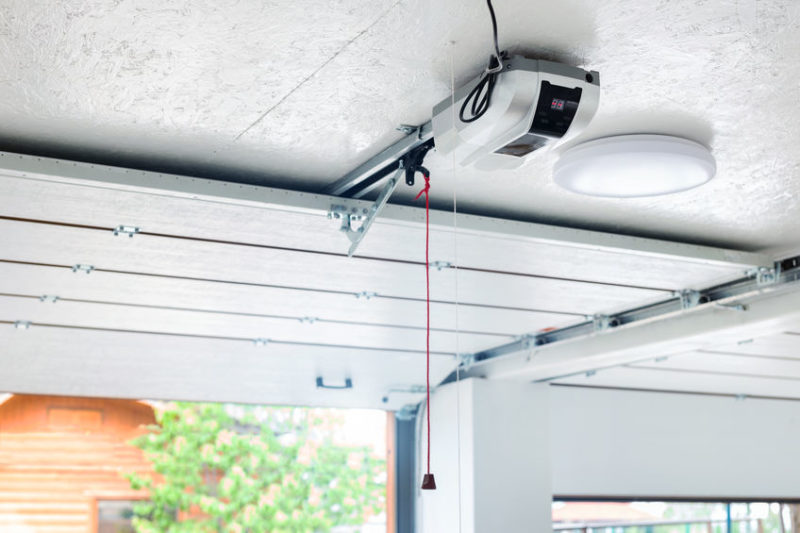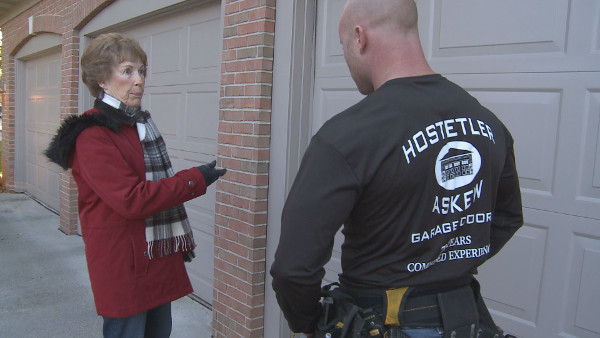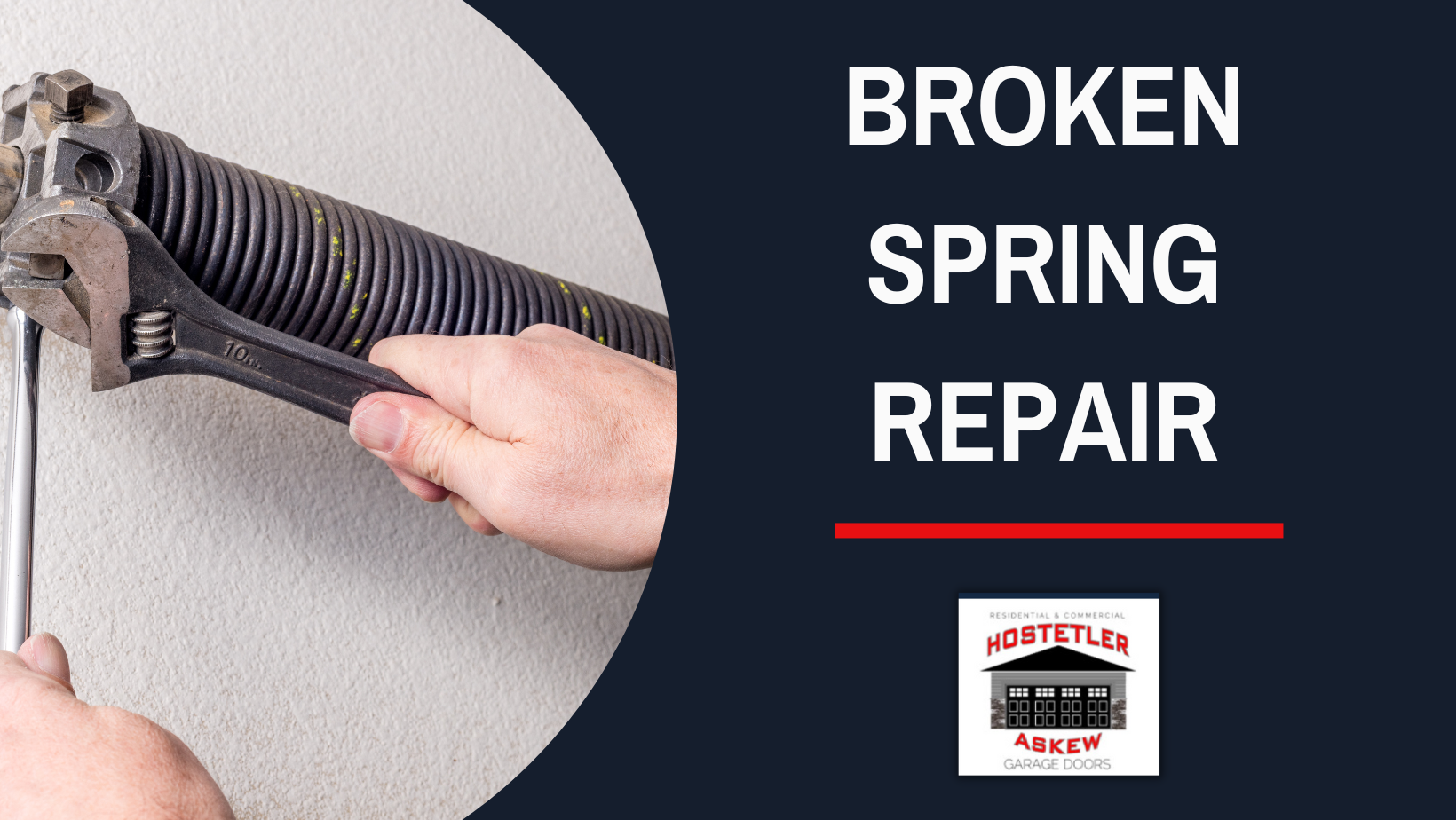Fix Your Broken Garage Door Spring
The last time you tried opening or closing your garage door, did you hear a loud bang? Is your garage door stuck or only open a few inches?
Chance are good you’ve just experienced a broken spring.
It’s an unfortunate inevitability of owning a garage door. The springs that power your door’s opening and closing have a limited lifespan and will need to be replaced from time to time.
Here’s what you need to know.
Be Safe and Cautious
First things first. If you’re dealing with a broken spring, definitely do not try lifting the door yourself or with the help of the electric opener. Your garage door will be too heavy to lift safely without the aid of a working spring. Attempting to open a garage door with a broken spring using an electric opener will likely cause further damage. Trying to lift it with raw muscle power could cause personal injury.
Furthermore, replacing a broken spring is most certainly not a do-it-yourself sort of project. Qualified professionals should only make adjustments or replacements with the proper tools and experience. The tension involved with garage door springs makes them particularly dangerous if anything goes wrong—both to your garage door system and the person doing the work.
Always call in a professional garage door team to handle these sorts of repairs.

How Long Should a Garage Door Spring Last?
Unfortunately, garage door springs don’t last forever. They’re often limited by the amount of use they experience. Most garage door opener springs come with a 10,000-cycle life—meaning it can be expected to open and close a garage door 10,000 times fully.
How often you need to replace your garage door springs will depend on how often you operate your door. If you use your door just twice a day—say, for a single commute—you can reasonably expect to get a good 14 years out of your spring. Twice that usage will halve the number of years.
Once a spring reaches the end of its expected life-cycle, you should consider having it replaced before it has a chance to break and potentially damage your car or a person.
What Kind of Spring Do You Have?
Just so you have an idea how they work, it’s not a bad idea to know what kind of springs your garage door system uses. While there are several different types, extension springs and torsion springs are the two most common.
Extension Springs
These are mounted on either side of the garage door alongside the track. A safety cable may run through the center of the spring to keep it from lashing out should it break. Extension springs connect the track and bottom bracket on the garage door. The spring provides the energy needed to open the garage door while the cable and pulley system does the actual lifting.
Torsion springs
These springs are placed horizontally on a bar just above the garage door opening. On both ends, drums help wrap cables that run from the drum to the garage door’s bottom. As the door opens, the line wraps around the drum. As the door closes, the cable unwraps to lower the door safely. When a torsion spring breaks, the cables lose tension and pop off of the drums. As with extension springs, torsion springs provide the energy needed to operate the door, while the drums and cables do the actual lifting.

Call the Experts
Spring replacement is a common repair requirement, but because different door systems use different spring setups, wire sizes, and lengths, a broken spring must be repaired with the correct replacement.
Don’t attempt this yourself. Instead, give us a call, and we’ll send our trained professionals to come and take a look. Our garage door technicians arrive with a fully-stocked supply of parts and should be able to solve your garage door issues quickly and safely.

